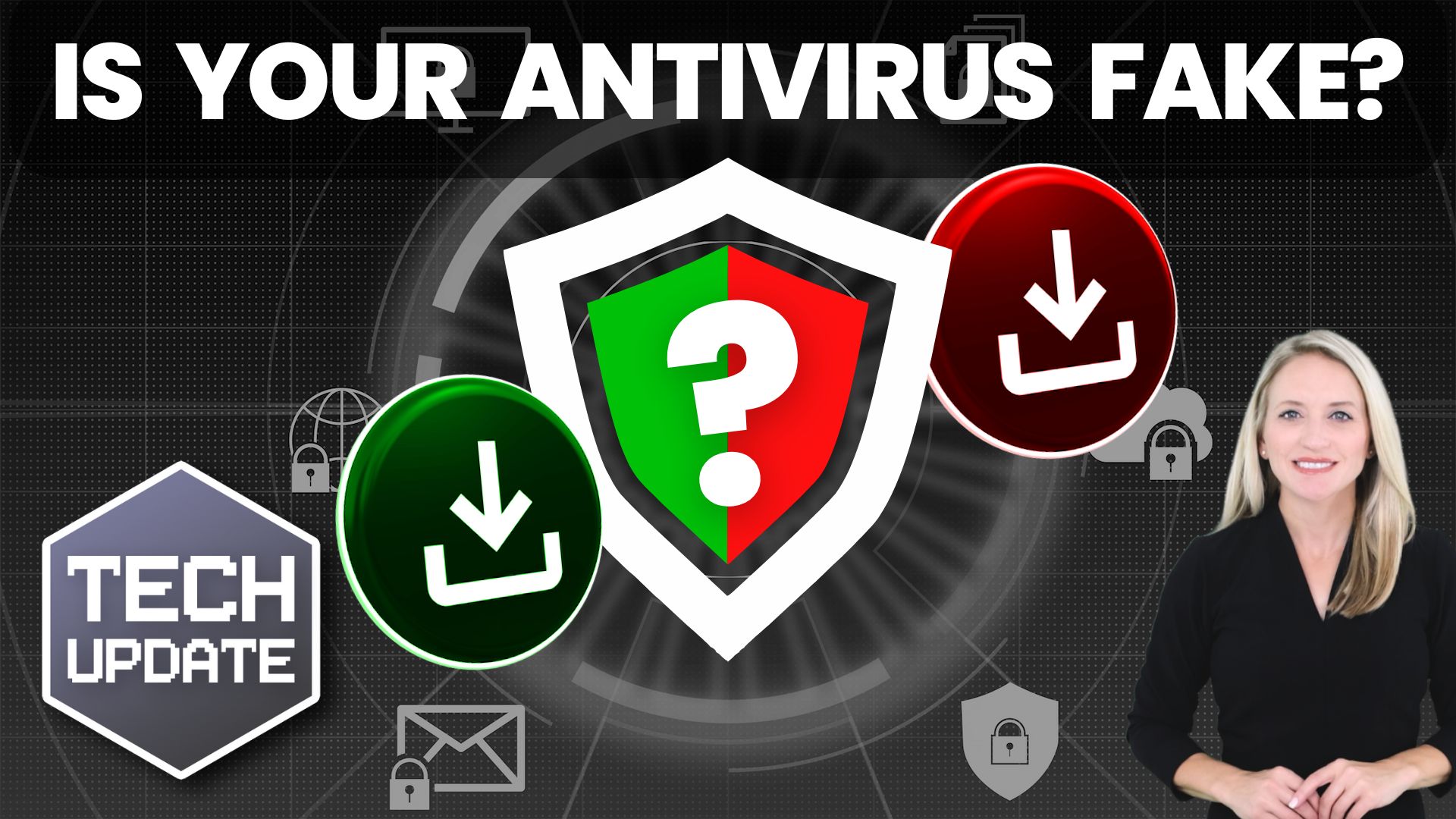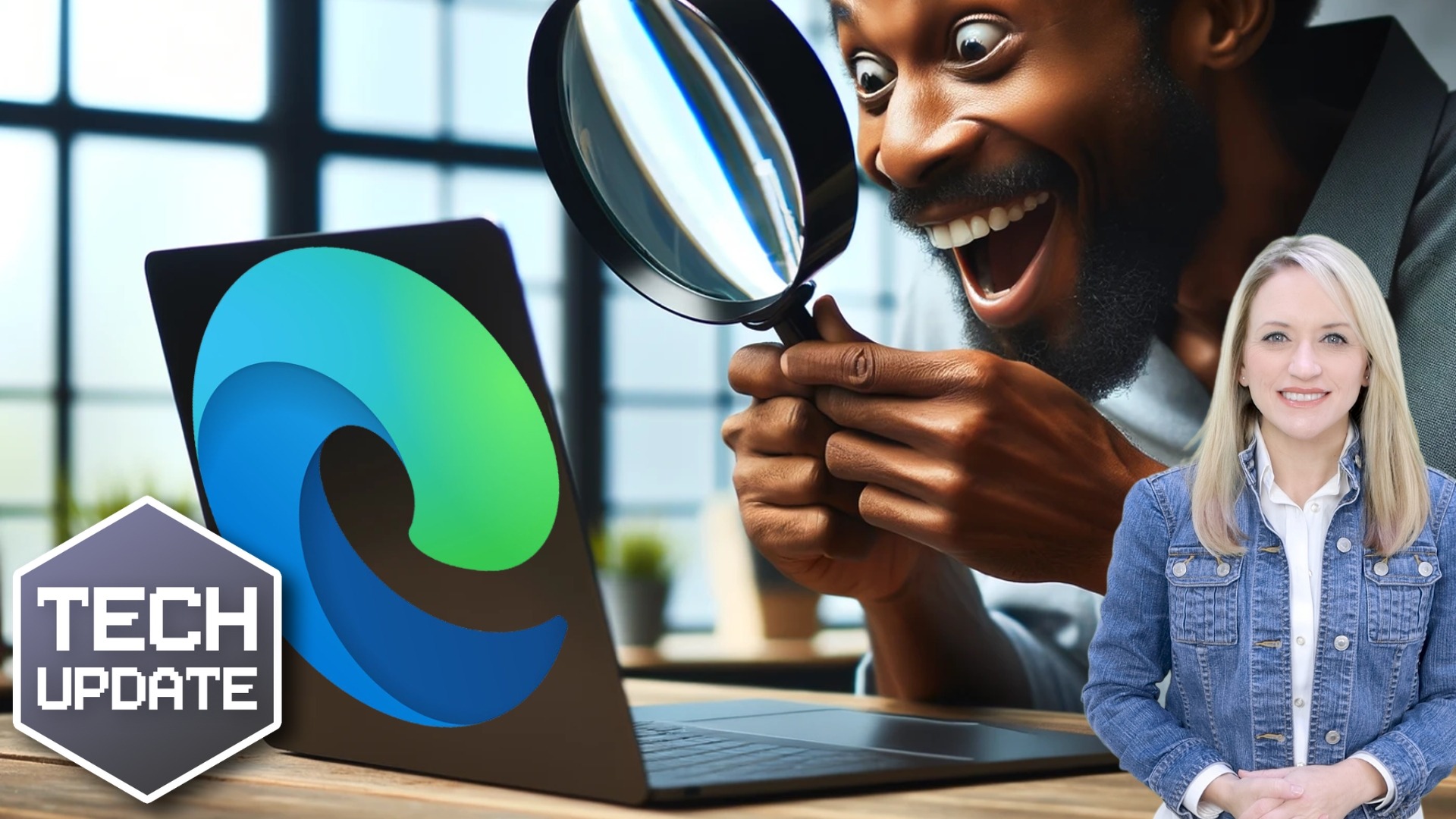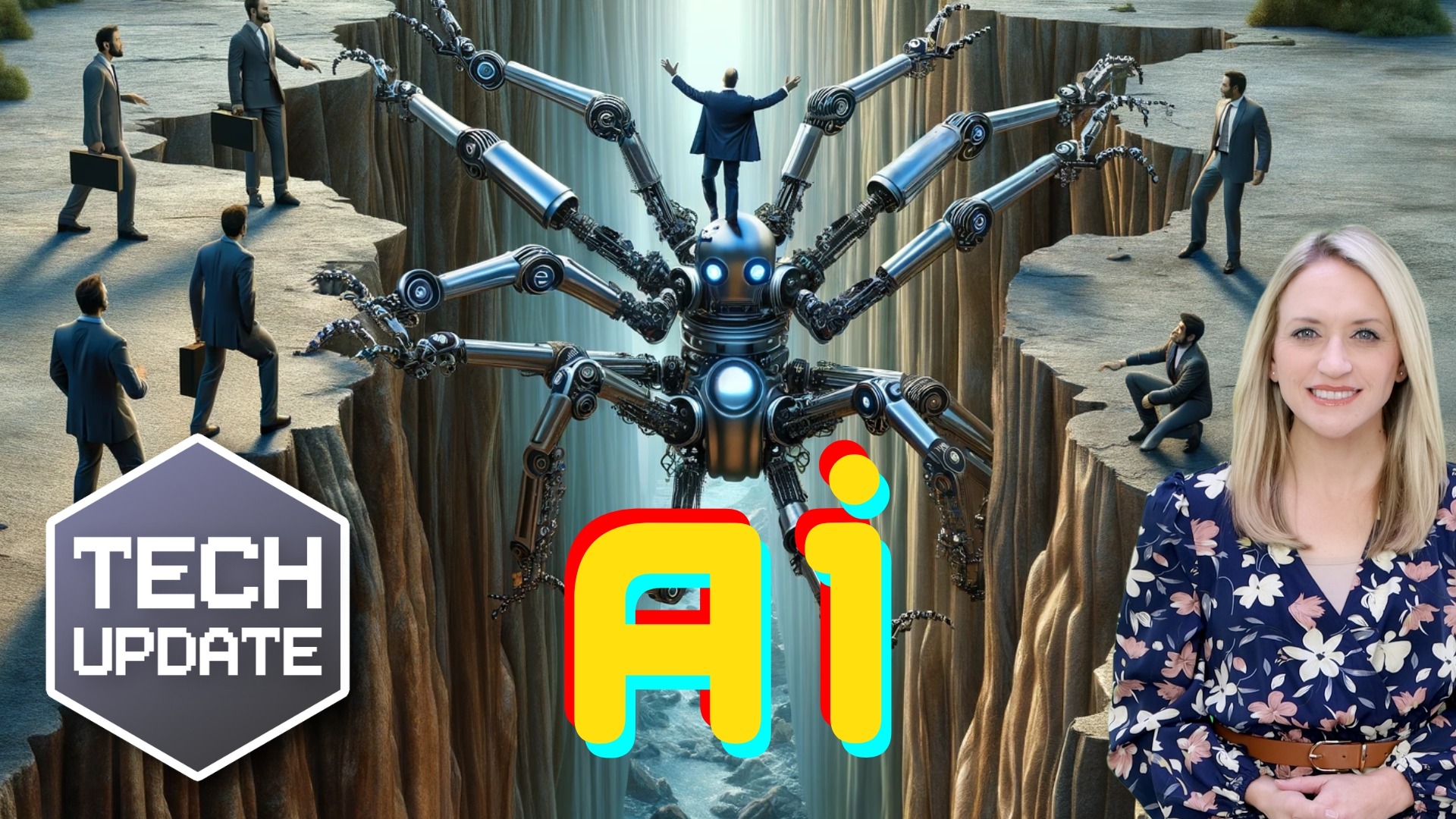Passkeys will be better integrated in Windows
When was the last time you thought about how you log in to your accounts?
Or how secure those logins really are?
For years, we’ve relied on passwords. But let’s be honest, passwords are a pain. They’re easy to forget, often reused, and a prime target for cybercriminals.
That’s where passkeys come in. And, at last, Windows is making it much easier to use them.
So… what is a passkey?
Think of it as a modern replacement for your password. Instead of typing in a string of characters that could be stolen or guessed, a passkey lets you sign in using something far safer. Your face, fingerprint, or a secure PIN tied to your device.
Behind the scenes, passkeys work using advanced cryptography. There’s no password for hackers to steal, because the passkey is made up of two parts: One stays on your device, and one stays with the service you’re logging into.
They work together like a lock and key. But the key never leaves your pocket, so to speak. And because you can’t accidentally hand it over, it’s much harder for phishing scams to trick you.
Until now, using passkeys in Windows has felt clunky. You often had to rely on third-party apps or websites, and it wasn’t always clear how to set things up or manage them.
But Microsoft is changing that.
It’s started rolling out new features in Windows 11 that make passkeys far easier to use and manage.
One big improvement is a new partnership with 1Password, a password manager. This means you’ll be able to sync your passkeys smoothly in Windows 11.
And if you don’t use 1Password, don’t worry. Microsoft has also released a new tool for other password managers to integrate with Windows more easily.
In simple terms, your passkeys will work better with the tools you already use to keep your business secure.
Right now, these improvements are being tested in the latest Windows 11 preview build, so they’re not available to everyone yet. But this is a clear sign of where things are headed.
Microsoft is serious about moving away from passwords. In fact, the Microsoft Authenticator app is phasing out its password management capability. Instead, passkeys will be the default way to sign in to your Microsoft accounts going forward.
Passkeys are much more secure and far less hassle than managing endless passwords. And with Windows making it easier to adopt them, now’s a good time to start thinking about how your business can make the switch.
If you’d like help understanding passkeys or getting your business ready for a password-free future, get in touch.










